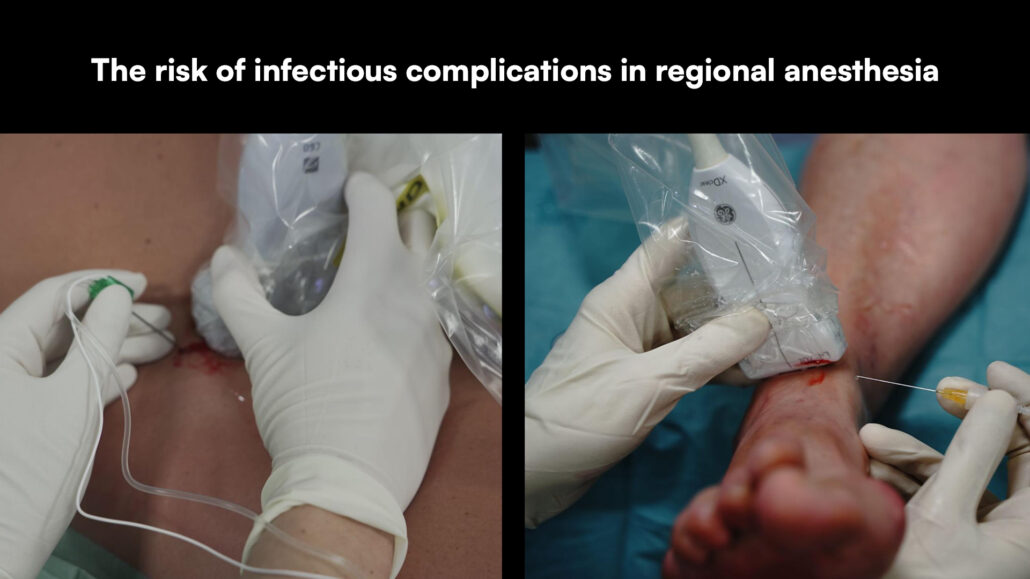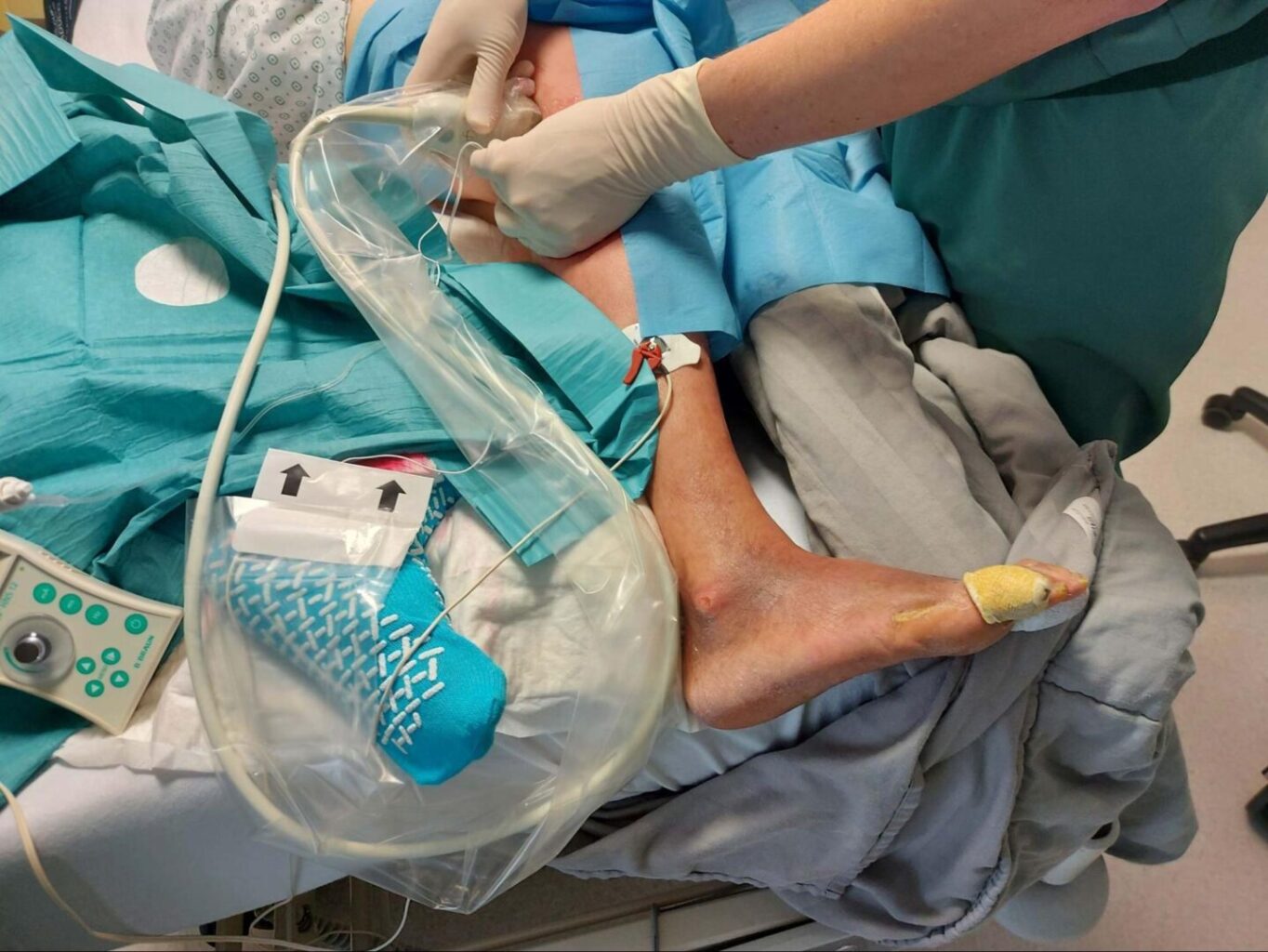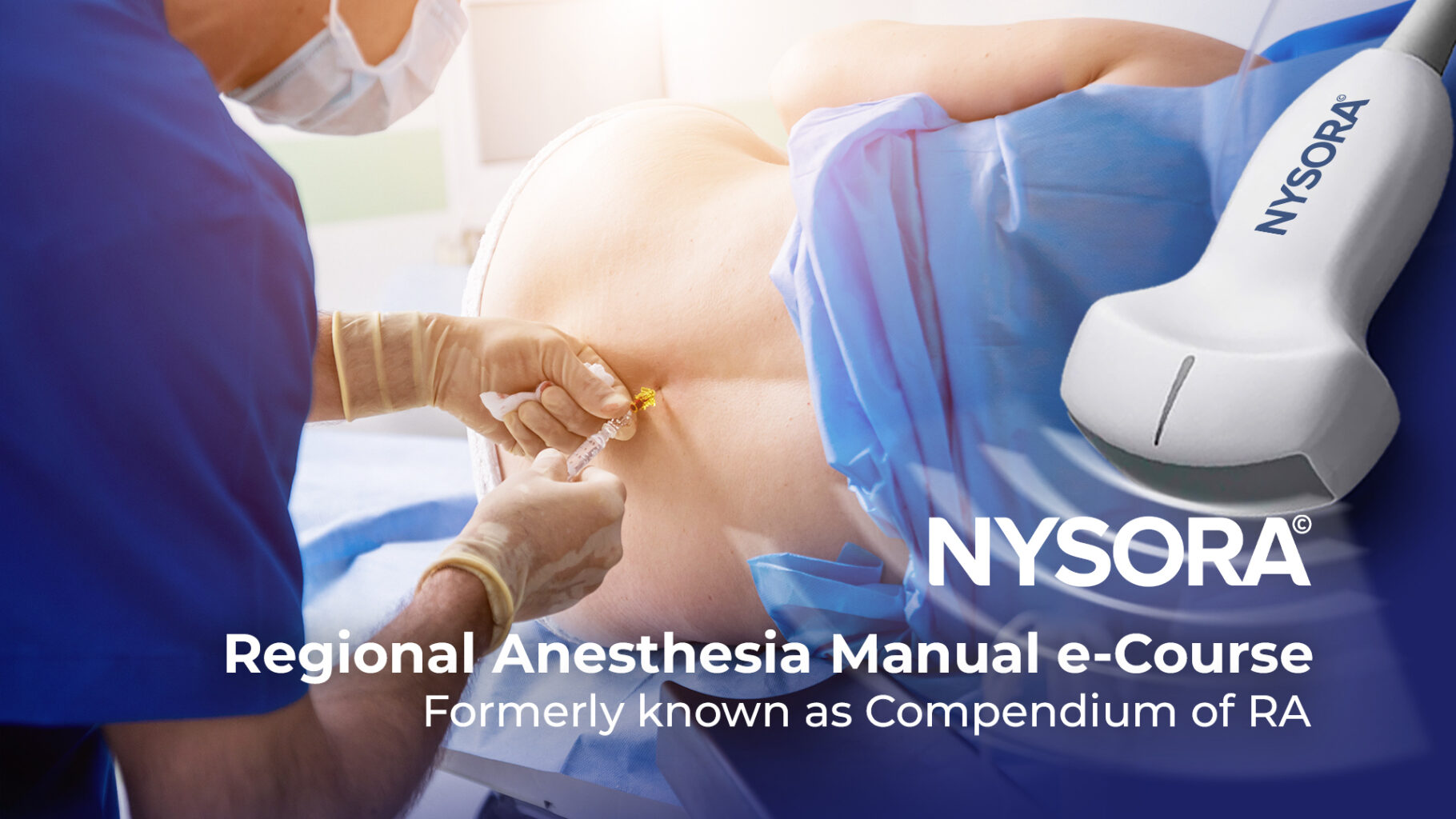
The risk of infectious complications in regional anesthesia
Regional anesthesia (RA) techniques such as epidural anesthesia (EA), spinal anesthesia (SA), and peripheral nerve blocks (PNBs) are essential components of modern medical practice, known for their significant benefits, including enhanced pain control, reduced opioid use, and shorter hospital stays. However, these procedures come with their own risks, notably the potential for infectious complications. The comprehensive review conducted by Selvamani and colleagues analyzed a broad range of studies focusing on infectious complications following RA, specifically central neuraxial blocks (CNBs) and PNBs. The findings provide a deeper understanding of the frequency and nature of these complications.
Key findings
- Incidence of infectious complications:
- CNBs: The overall rate of infectious complications after CNBs, which include spinal, epidural, and combined spinal-epidural (CSE) procedures, was found to be 9 per 100,000 blocks.
- CNS Infections: The rate of central nervous system (CNS) infections following all CNBs was 2 per 100,000, while spinal anesthesia alone had an even lower risk of 1 per 100,000 blocks.
- Obstetric cases: The review highlighted particularly low infection rates in the obstetric population, with overall infections at 1 per 100,000 blocks and CNS infections at 4 per million.
- Peripheral nerve blocks:
-
- Higher risk: PNB catheters showed a relatively higher infection rate at 1.8%, demonstrating that while such events are still uncommon, they are more prevalent than CNBs.
- Catheter duration and risk: Prolonged catheter use, especially beyond four days, significantly increased the risk of colonization and infection.
Understanding risk factors and complications
The severity of infectious complications ranges widely:
- Types of infections: Complications can vary from minor skin infections to severe outcomes like spinal epidural abscesses and meningitis.
- Associated risks: Identified risk factors include diabetes, obesity, extended catheter duration (particularly beyond three days), and non-tunneled catheters. These factors highlight the need for careful patient selection and monitoring.
Comparison across techniques
In comparing CNBs and PNBs, the review noted:
- Lower infection rates for CNBs: CNBs demonstrated significantly lower infection rates than PNB catheters, which may be attributable to factors such as procedural environment, catheter placement locations, and the nature of follow-up care.
- Impact of catheter duration: The risk of infection correlates with the length of catheter use. For example, data indicate that catheter use extending beyond four days significantly increases the probability of colonization and infection.
Preventative measures and clinical recommendations
Mitigating the risk of infections in RA involves adherence to stringent practices and protocols:
- Aseptic techniques: Maintaining aseptic techniques during catheter insertion is critical to preventing infections.
- Full-length ultrasound transducer covers: Dedicated, full-length ultrasound transducer covers that cover the transducer and its cable during ultrasound-guided regional anesthesia or vascular access procedures should be used wherever possible/available (figure 1). Likewise, sterile gel is recommended where necessary.
- Early identification and response: Monitoring insertion sites for early signs of infection and removing catheters promptly when necessary can prevent the escalation of minor infections into severe complications.
- Antibiotic prophylaxis: The review indicated that single-dose antibiotic prophylaxis might reduce the risk of catheter-associated infections.

Figure 1 visualizes the risk of transducer cable contamination during the popliteal block procedure, highlighting the necessity of a transducer cover that includes the transducer cable.
Conclusion
The narrative review underscores that while infectious complications following RA, particularly CNBs, are rare, practitioners should remain vigilant, especially with longer catheter placements and at-risk populations. Understanding these risks and implementing stringent infection control measures are essential for safer practice.
For more detailed information, refer to the full article in Regional Anesthesia & Pain Medicine.
Selvamani BJ, Kalagara H, Volk T, Narouze S, Childs C, Patel A, Seering MS, Benzon HT, Sondekoppam RV. Infectious complications following regional anesthesia: a narrative review and contemporary estimates of risk. Reg Anesth Pain Med. 2024 Jun 5:rapm-2024-105496.
Learn more about infection control in regional anesthesia with the Regional Anesthesia Manual e-Course. Access this valuable resource today on the NYSORA LMS website!




